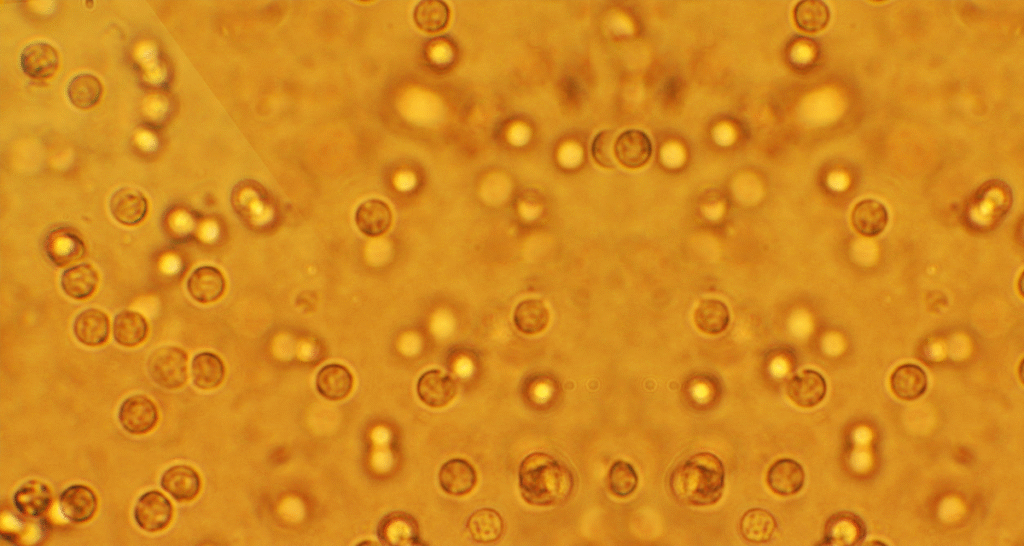Urinary tract infections are one of the most common reasons for consultations in general practice. There are more than 2 million consultations per year for urinary symptoms. According to statistics, 1 in 2 women will be affected by a urinary tract infection during their lifetime. Easily preventable and generally benign at first, it can, if not treated appropriately, develop into a more serious infection that is more difficult and takes longer to treat.
What is a urinary tract infection?
A urinary tract infection is the colonization of a part of the urinary tract by bacteria. These bacteria are often bacteria in the affected patient carries digestive system. Contamination from the anus to the digestive system (incorrect wiping technique, in particular) is the most common mode of infection. Depending on the organ where the bacteria multiply, we speak of:
- Cystitis, when the bladder is affected
- Urethritis, in case of damage to the urethra
- Prostatitis, in case of prostate involvement
- Pyelonephritis, when one of the two kidneys is affected.
Male urinary tract. The most frequently found bacteria are E. coli (more than 80% of cases) and Proteus mirabilis (10%). For anatomical reasons, urinary tract infections are more common in women. Indeed, the urethra is very short, and the urinary meatus is close to the anus, where bacteria are always present. These bacteria can travel up the urethra towards the bladder and proliferate in the urine.
How to recognize a urinary tract infection?
As soon as symptoms appear, it is best to act quickly. This prevents the spread of bacteria along the urinary tract towards the kidneys. The first symptoms of a lower urinary tract infection (cystitis) are easily recognizable:
- Frequent urge to urinate
- Low amount of urine at each urination
- Burning when urinating
- Heaviness in the lower abdomen
- Smelly urine
Sometimes, even at this stage, blood may be present in the urine. This is a sign of significant inflammation of the bladder lining, but it does not constitute a criterion of severity. When the prostate (in men) or one of the kidneys is affected, pain, nausea, vomiting, or fever may appear in addition to purely urinary symptoms. Emergency treatment is then necessary to avoid general complications (risk of spread of the infection to the whole body, called septicemia).
How to confirm the diagnosis?
When symptoms of a urinary tract infection are present and initial hygiene and dietary measures are not effective, a medical consultation is necessary. The diagnosis is based on a set of arguments from the interview (symptoms), and the doctor will then try to eliminate signs of kidney, prostate, or general damage. In the event of obvious signs of cystitis (burning, frequent urges, etc.) and the absence of complicating factors (pregnancy, malformation of the urinary tract, other known chronic pathologies) or signs of severity (fever, prostate or kidney pain, etc.), no further examination is necessary. Confirmation by performing a urine strip in the office can confirm this diagnosis. When these criteria of potential severity or these complicating factors are present, the doctor will prescribe a urine analysis (cyto-bacteriological examination of the urine) to be carried out in a laboratory. This makes it possible to identify the responsible bacteria and, consequently, the active treatments for them.
What treatments?
The first reflex to adopt when the early signs of a urinary tract infection appear is to drink plenty of fluids. This allows for more urine production, as well as more frequent and larger urinations. Each urination thus allows for the elimination of a large number of bacteria. This is why drinking a lot and urinating often… is very often sufficient treatment. When these measures are not sufficient or when criteria of severity or potential progression are present, antibiotic treatment will be proposed. The molecules and duration of treatment may vary depending on the suspected bacteria and the elements of the clinical examination: some single-dose treatments (a single dose) are very effective. In the case of high-level involvement (pyelonephritis or prostatitis), a 10 to 14-day course of treatment will be necessary.
Prevent urinary tract infections with 7 everyday habits
Simple steps can be taken to prevent these unpleasant symptoms from occurring:
- Drink at least 1.5 L of water per day to reduce the concentration of bacteria in the urine and increase the number of daily urinations
- Urinate every 2 to 3 hours, without waiting until you feel the urge.
- Urinate after every sexual intercourse
- Wear cotton underwear
- Limit the number of intimate toilets to one per day
- When passing stools, wipe thoroughly from front to back.
- Fight against constipation

